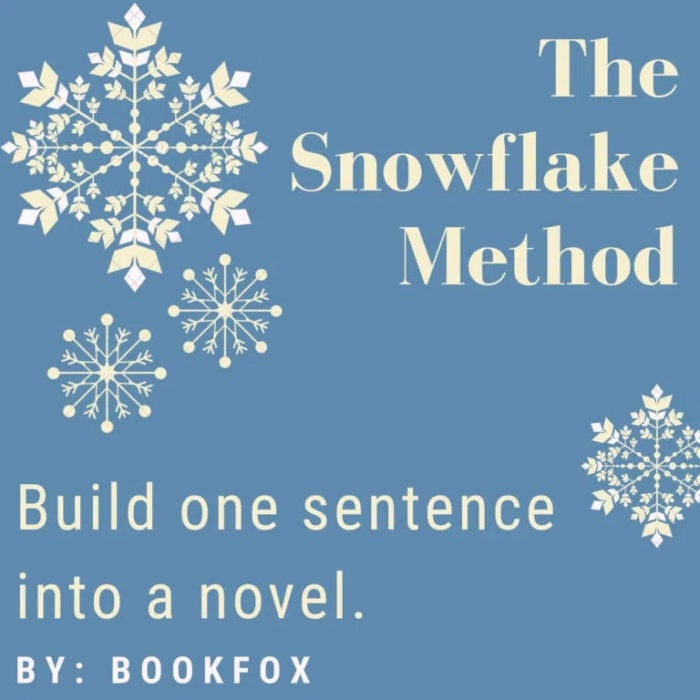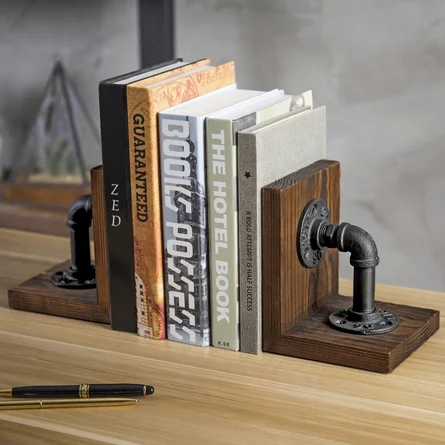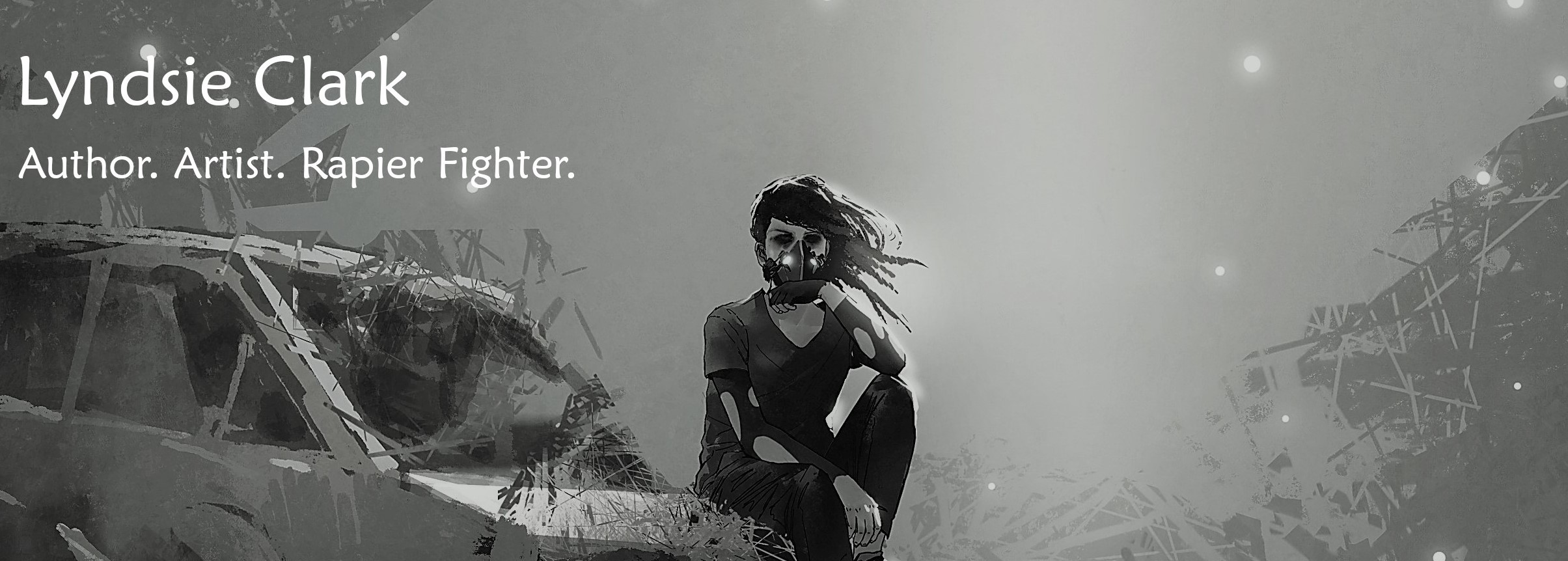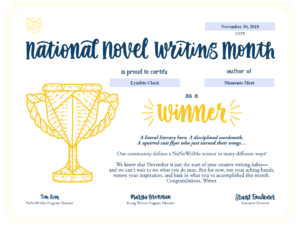Last week, I wrote about a bunch of story structure ideas for prepping a story. Now, I’d like to talk a little bit about outlining (which, I know, is everyone’s LEAST favorite thing to talk about when it comes to writing). These, again, came from L.S. Hawker at the 2022 Rocky Mountain Fiction Writers Colorado Gold Conference.
Now, you may assert that if you outline your story then you will not write it and frankly, I’m calling bullshit. Why? Because if that’s all it takes for you to not want to write your story, then did you really care about it to begin with?
On the contrary, if you DO care about your story, you will likely want to give it every chance to succeed, right? Right! One of the best ways to give your story the best chance is to create some sort of outline.
“Wait…” you may be saying, “Isn’t Pantsing* a thing? I know some authors like Steven King are HUGE pantsers!” (*pantsing: writing by the seat of your pants, i.e. just sitting down to dump out whatever is on your head).
Fine, yes, pantsing is a thing. However, you (and even Steven King) need to know the basic elements of a story (see my Part 1 blog here) and, have probably had enough experience with outlining that you can do all the heavy lifting in your head.
However, for the rest of us who have the memory of a goldfish, having an outline is not only good during the story planning phase, but also serves as a great reference during the writing phase. And yes, your outline CAN change ½ way through, but having one allows you to make logical changes rather than just “whatever you feel like”.
Outlines an be as minimal or as detailed as you want them to be, so let’s look at a few of the big ones. It is also worth noting that one outline format may work for some stories, whereas a different style could work for others.
Types of Outlines
The main 4 I want to talk about here are:
- The synopsis outline
- The in-depth Outline
- The Snowflake Method
- The Bookend Method
Note: keep in mind, outlining is not the only thing you need to do when pre-writing. While it will help you keep track of the series of events, it won’t give you much in the way of “why should the reader care?”. This is where you need to take a look at your story structure, and work out things like the theme and the moral message.
The Synopsis Outline
This is probably the most common type of outline which is essentially a short document hitting all the major beats. You can break this up into 3 sections:
- Beginning
- Middle
- End
Then you add in the plot points and plot twists along with the climax and resolution. This is kind of the one I use most of the time, and it’s the one I “made up on my own” before I really knew what I was doing (Though that’s implying that I now know what I’m doing…which might be false).
I like this method b/c it can be quick if you don’t like the idea of outlining, or it can be fairly detailed. However, if you get too detailed, now you’re into an in-depth outline.
In-depth Outline
This one can work well if you know how many chapters you will have and want to outline each chapter individually. I hear that she-who-shall-not-be named is one of those authors who writes outlines so detailed that by the time she’s done with the outline, her whole book is almost done. She just needs to add details and make it sound prettier.
In my opinion, this dense of a level of outlining seems very intimidating and I’m honestly not sure I’d ever have the patience for it. Though, that being said, there was a point in my life that I thought I wouldn’t have patience for normal outlining either so…who knows what the future holds?
The Snowflake Method

This method works kind of like you’d think it would. You start small, and grow bigger and bigger until you essentially have a setup that looks like a snowflake.
While there are different theories on how to actually do this method, the below set of steps is a good place to start. Though, if you’re going to try this method, I wouldn’t worry about constraining your longer synopsis to a specific page count since this is just the ideas phase.
Here are the steps:
- Choose a premise and write it up in a one-sentence summary.
- Expand the 1-sentence summary into a paragraph
- Create character summaries
- Build your character summaries into full profiles.
- Write a multi-page synopsis
I haven’t tried this whole method, but I did start playing around with the one-sentence descriptions part. If you want to see how I did it for a Vampires Space Murder Mystery story I’m working on, take a look below. Otherwise, feel free to skip to the next section. Or, to learn more about the snowflake method, check out this post on the MasterClass blog here.
Vampires In Space [Title forthcoming]: Snowflake Method
- One sentence summary of your idea
- Set in a space station orbiting a dying sun, a retired detective gets tasked to solve a series of bizarre murders—bodies with strange puncture wounds, drained of blood—but there’s only one problem: he is a vampire but those are not his kills.
- One sentence summary about the setting
- A Dyson sphere surrounding a red dwarf sun with a dead earth orbiting it. Vampires and humans live together in an uneasy peace, with the vampires inhabiting the outermost rings of the sphere and the humans living inward (and the wealthy are in the innermost layer)
- One sentence summary for each main character
- Detective X (Xavier Alexander): A retired vampire detective trying to live out his remaining days in peace who gets roped into investigating a mystery involving his own kind.
- Human detective, Amela Vyucic: X’s counterpart on the human side of the investigation. A young and enthusiastic rookie detective that X inadvertently saved when she was a child.
- Slimy Wealthy Politician in the inner sphere: Using vampires to take out his political opponents
- X’s nephew: A young, down on his luck vampire that is suspected in these murders by being in the wrong place at the wrong time.
The Bookend Method

This method involves outlining the beginning and the end of your story. I mean, you could get stuck when you get to the middle (which some will claim is the hardest for them to write) but if you are really dedicated to your pantsing ways, this structure may be a good compromise.
As a reformed pantser myself, I totally see the appeal to this method, since I do enjoy the discovery journey of writing and the end is the hardest part for me. If I figure out the end before I start writing, I can still enjoy the journey and make stuff up, but I have a guide to get me to the end. This keeps my side quests to a minimum and ensures they at least move the characters to the end.
In addition to plotting out the beginning and the end, you also want to develop the main characters, but with this method, you don’t need to detail all of them.
Again, here is a very short beginning and end that I wrote out during a workshop to test this method. Enjoy!
- Beginning of your story
- “In the vastness of space, no one can hear you scream—or so they say.” X is sitting in a bar at a table drinking a cup of something steaming (blood), thinking about how he is dying and talking about how he felt like he never did anything useful with his life. Detective (something), Amela Vyucic, comes in asking for his help.
- End of your story
- X is back in the bar, suffering from wounds received in the investigation. He is recapping the events of the investigation and finally feeling satisfied that he’d made a difference as his body fails him.
- Main Characters
- Detective X (Xavier Alexander)
- Detective Amela Vyucic
All right, so that’s all *I* specifically learned during the conference. There are even more outlining methods listed in this article by Book Fox but if you pair this post with the story structure one I wrote earlier (some of which have their own outlining methods built in), you are well set up with a lot of things to practice.
None of these work for you? Send me a message with your preferred pre-writing method. There’s always more room to learn.
Happy writing!




